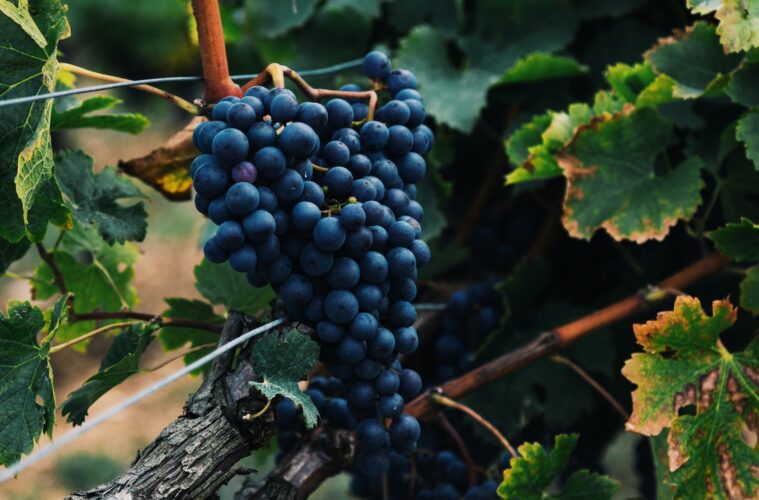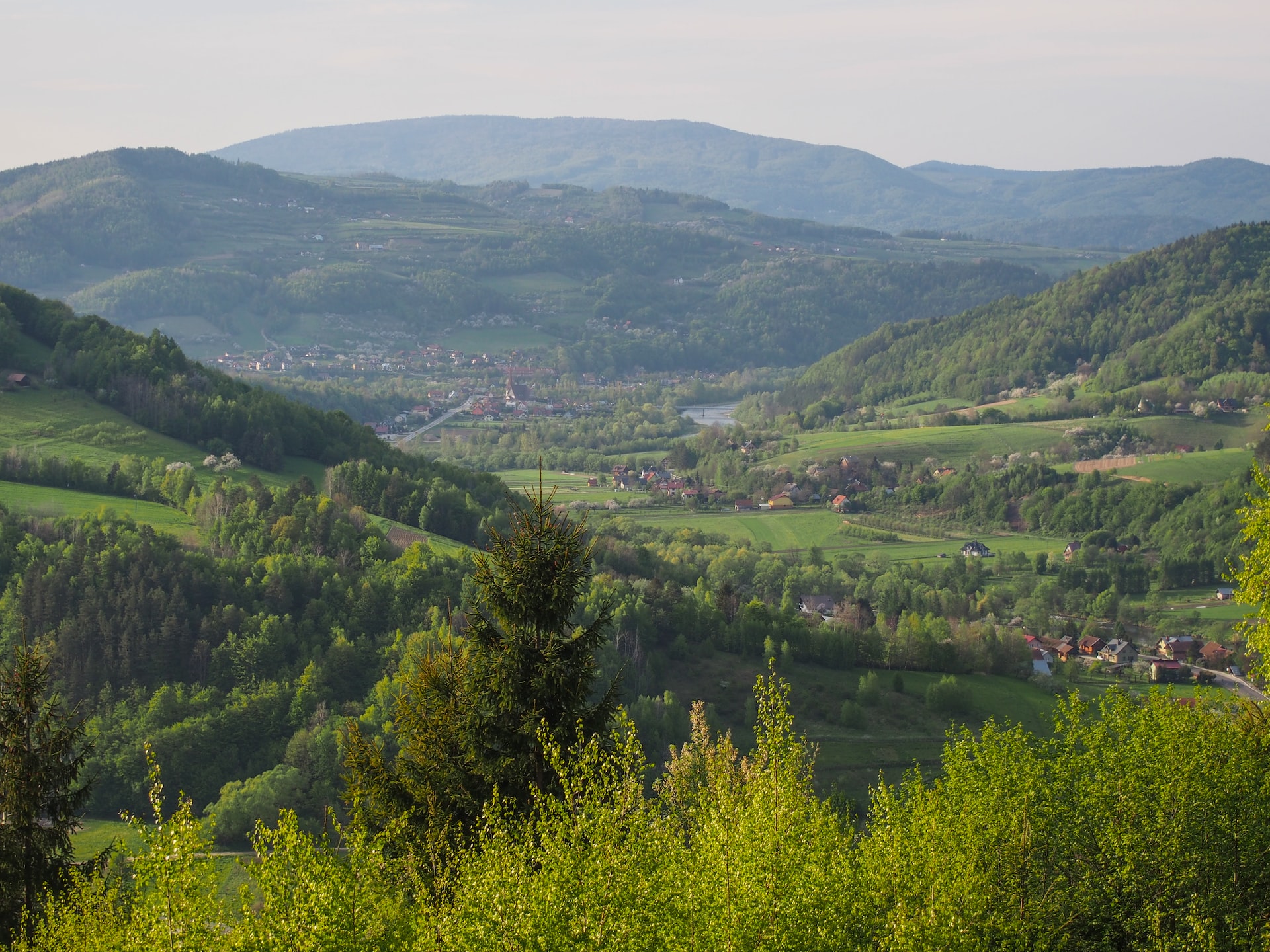Vineyards in Poland? Yes, this region is home to a number of excellent beverages. The Małopolska Wine Trail is a place where you can taste local wines made from grape varieties from all over Europe. But a centuries-old wine tradition is not all it has to offer. Art and history buffs will also find plenty to see here.
What is the Małopolska Wine Trail?
The Małopolska Wine Trail is a unique place on the map of Poland. Wine is not the first type of alcohol that comes to mind when you think of Poland. However, it turns out that grapevines are cultivated in many places in Poland. One of the most interesting ones is Małopolska. The region is located in southern Poland. The local Wine Trail includes 50 destinations where tourists can taste local wines.
How did Małopolska become a wine-growing region? After all, wine cultivation is more associated with Southern Europe. To answer this question, we need to go back in time by almost 1,000 years. Therefore, Polish winemaking traditions are long indeed. The first people to establish grape plantations here were monks from southern Europe. Back then, grapevines were grown by Benedictine and Cistercian monasteries.
Małopolska was the most suitable place for this purpose. There are many sunny slopes in the region. As a result, the plants had perfect conditions to grow and flourish. Equally important was the status of Małopolska. In the Middle Ages, the region was the central part of the kingdom. The city of Kraków, situated in this region, was the capital of Poland at that time. Kings and nobles often funded new monasteries. Afterwards, they would buy the wine made by the monks for their lavish feasts.
What varieties of wine can be had in Małopolska?
Various white and red wine varieties are cultivated in Małopolska. Tourists can taste drinks made from various European varieties. The local soils give French, German, Italian and other varieties a unique taste and bouquet.
White wines
Wines made of the Bianca variety are well worth trying. These grapes originated in Hungary. It has subtle notes of apples, pears, citrus fruits and green pepper. Those with over 20% sugar content have a honey aftertaste. An interesting species is the French Seyval blanc. Wines of this variety are very refreshing. Citrus, melon and green apple are the predominant notes.
Tourists who would like to try Eastern European varieties can choose Odessa Muscat. It comes from Ukraine. Its bouquet comes from the nutmeg tree. This wine is distinguished by its dark yellow colour. Other excellent grape varieties that can be tasted in Małopolska are Hibernal, Sibera and Chardonnay.
Red wines
Visitors to vineyards in Małopolska can also try wines from varieties such as Rondo. For many tourists, it can be a unique opportunity to drink wine from former Czechoslovakia. The Rondo variety is best suited for those who like tart wines. They are purple in colour.
The Regent variety is also cultivated in some Małopolska vinyards. It originated in Germany. This type of wine has an intense red colour and forest fruit aftertaste. Blackberry and blueberry notes are also present. Regent is often compared to Pinot Noir, but has a lighter taste.
Those who prefer more substantial beverages from Burgundy can also taste them in Małopolska. The Pinot Noir made here is on par with French vintages. It boasts subtle notes of cherries, plums, almonds, forest fruits, truffles and violets.
Other interesting places in Małopolska
The Małopolska Wine Trail is full of atmospheric cellars, small family restaurants and wonderful landscapes. Apart from tasting exquisite wines, the surrounding areas are also worth exploring. There are many delightful sights in this historical region of Poland.
Naturally, most of them can be found in Kraków – the capital of Małopolska. History buffs can visit Wawel Castle. It is the former seat of the kings of Poland. Art lovers will most certainly be interested in The Princes Czartoryski Museum. Its most valuable possession is the Lady with an Ermine by Leonardo da Vinci. It is also worth visiting the Gallery of Polish Art in the Sukiennice at the Market Square. It is located opposite St. Mary’s Basilica, which is a perfect example of Gothic architecture.
Małopolska is also proud of its salt mines. The most famous one is in Wieliczka. Visitors are particularly impressed by the enormous St Kinga’s Grotto, which was carved entirely out of salt. The underground lake is another extraordinary sight. There are also many splendid castles and palaces in the region. Magnificent palaces can be seen in Baranów Sandomierski and Wiśnicz, just an hour away from Kraków. The monumental ruins of the Krzyżtopór Castle are also worth seeing.
Prices in hotels and restaurants
Małopolska is one of Poland’s most tourist-oriented regions. It has a wide and varied selection of hotels. Rooms in Kraków’s three-star hotels start at PLN 200, or EUR 40 per person. Four or five-star hotels cost an average of PLN 500 (EUR 100) per person. In smaller towns, rooms cost PLN 100–200 (25–40 euro) less.
Kraków’s restaurants serve dishes from all over the world. There are plenty of Polish cuisine restaurants. Sour soup and red borscht are excellent dishes to try. Pair them with tasty main dishes such as pork chop, bigos or pierogi. Racuchy are a wonderful choice for dessert. A full lunch for one costs around PLN 100, or EUR 25.
How to get to Kraków?
The best way to reach Małopolska is by plane. Kraków Balice International Airport operates flights from many European countries. You can fly to Kraków from the UK, Ireland, Italy, Germany, Austria, Switzerland, Denmark, Spain, France, the Netherlands, Belgium and Luxembourg, among other cities.
The Małopolska Wine Trail is an exceptional tourist attraction in this region of Europe. But the excellent wines served here are not all. There are other treasures of the region that are also worth discovering. Magnificent landscapes, grand monuments and memorable art make Małopolska a place worth visiting.




